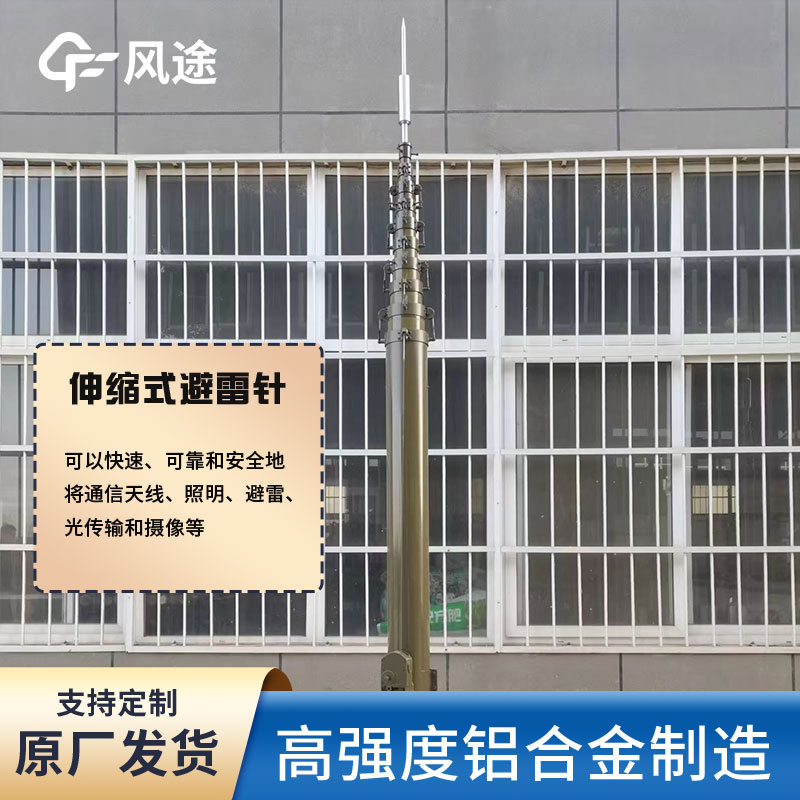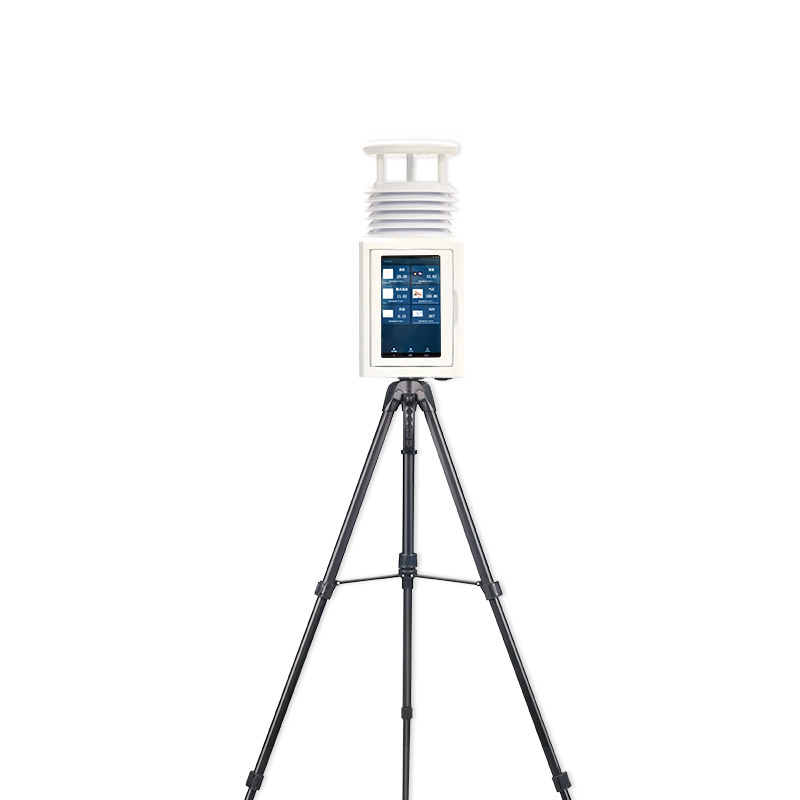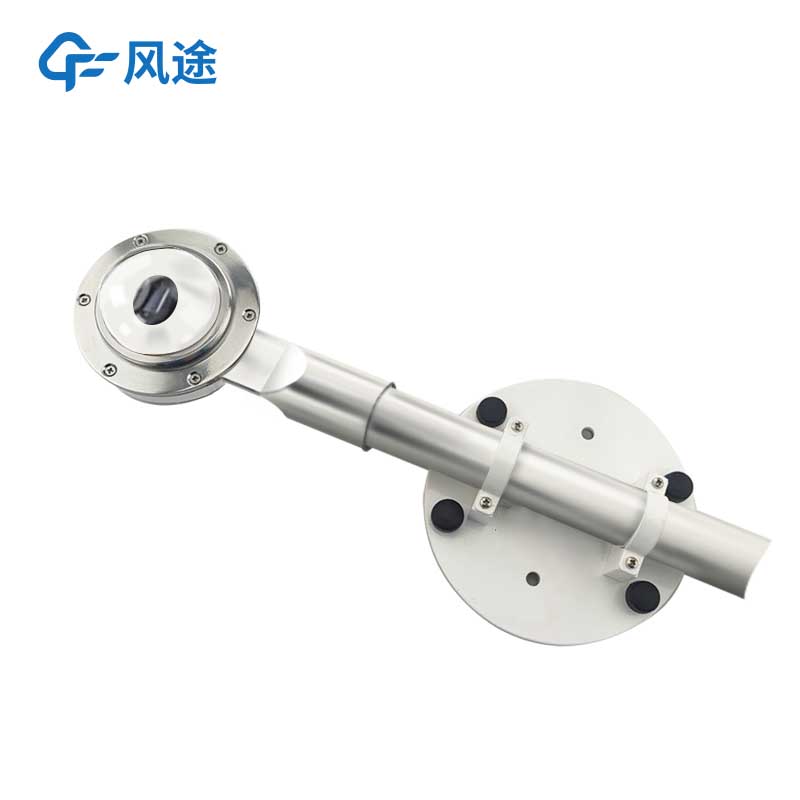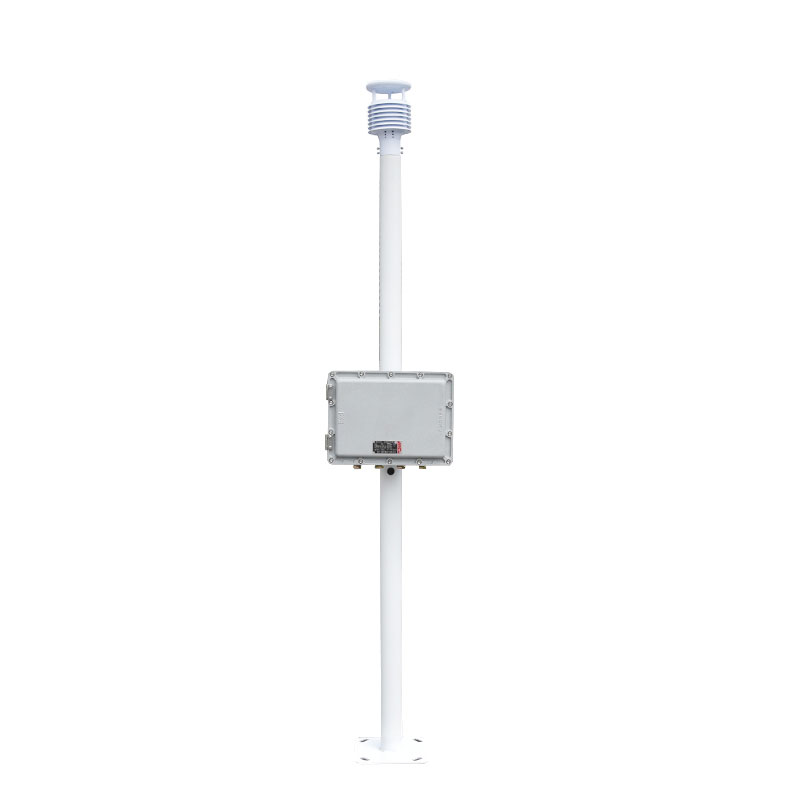Product
Recommended article
- One - Stop Dust Monitoring Solution
- How Forestry Weather Stations Bolster Forest Fire Prevention Efforts
- Discover the Power of Negative Oxygen Ion Monitoring System for Cleaner Air
- Comparative Analysis of Ultrasonic and Automatic Weather Stations in Meteorological Monitoring
- Breaking Through the ‘Last Meter’ with Online Dust Monitoring System
- Mastering Road Conditions with Road Weather Station
Contact us
Shandong Fengtu IOT Technology Co., Ltd
Sales Manager:Ms. Emily Wang
Cel,Whatsapp,Wechat:+86 15898932201
Email:info@fengtutec.com
Add:No. 155 Optoelectronic Industry Accelerator, Gaoxin District, Weifang, Shandong, China
Dust monitoring system installation specification
Article source:Weather station time:2024-06-11 08:53:24 viewed:43times
To ensure the accuracy and effectiveness of dust monitoring at construction sites, the installation of dust monitoring systems must follow a series of carefully developed specifications:
1. the installation of the monitoring equipment should be located within the security fence of the construction area so that the main construction activity area can be fully monitored.
2. monitoring points should be located at the main entry and exit routes for construction vehicles as dust pollution from transport vehicles is more significant at construction sites, especially during deep foundation pit operations. If more than one monitoring point is required, at least one should be located at the main access road.
3. in order to avoid being affected by neighbouring sites, the monitoring point should not be set up on the boundary adjacent to other construction sites.
4. Monitoring equipment should be avoided in areas that may be affected by the direct action of wind or organic particulate emissions.
5. the monitoring point should be located away from any emission outlets that may produce grease and fumes in order to prevent grease and fumes from interfering with the monitoring results.
6. The monitoring point should be free of tall buildings, trees, or other obstructions that could impede air flow. The horizontal distance from the sampling port to the nearest obstruction should be at least twice the vertical distance of the obstruction above the sampling port.
7. The monitoring point should be selected in an area that is safe and has fire protection measures in place.
8. The monitoring equipment should be installed away from sources of strong electromagnetic interference to ensure the accuracy of the monitoring data.
9. The standard installation height of the particulate sampling port is recommended to be 3.5 metres above the ground to capture airborne particles more accurately.
10. Particulate matter sampling tubes should be kept vertical to ensure the representativeness and accuracy of the sampling process.
11. Monitoring instruments on site should be earthed in accordance with the electrical earthing code to ensure safe operation of the equipment.
12. After the monitoring instruments are installed, it should be ensured that there is at least 0.8 metres of operating and maintenance space around the equipment to facilitate regular inspection and maintenance.
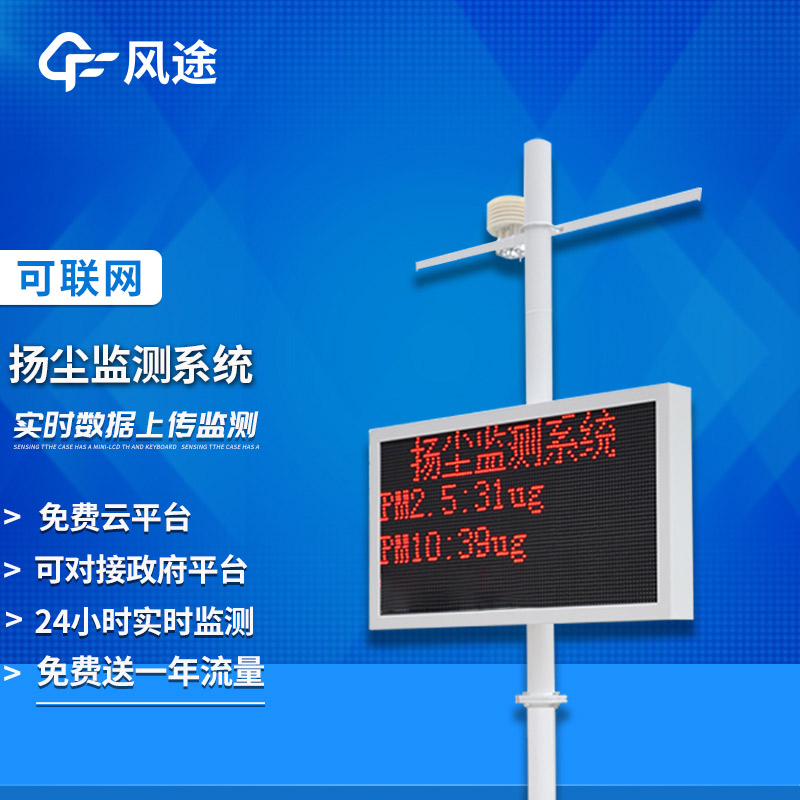
This paper addresses:https://www.yf182.com/industry/405.html
Related products
Related article
-
Two distinctive features of the solar-powered automatic weather station
2024-01-26 -
Role of grassland weather stations
2024-03-05 -
Vehicle - Mount Weather Station,Mobile Monitoring in Action
2024-12-27 -
Fengtu Automated Weather Monitoring for the Modern Farm
2024-08-13 -
What are the advantages of the 12 metre manual pre-dischargeable lightning rod?
2024-05-28 -
How many parameters can a park anion monitoring system measure?
2024-07-24 -
Road Weather Information System: Tackling the Challenge of Dense Fog Patches
2024-09-30 -
Windway Meteorological Observatory
2024-08-08


